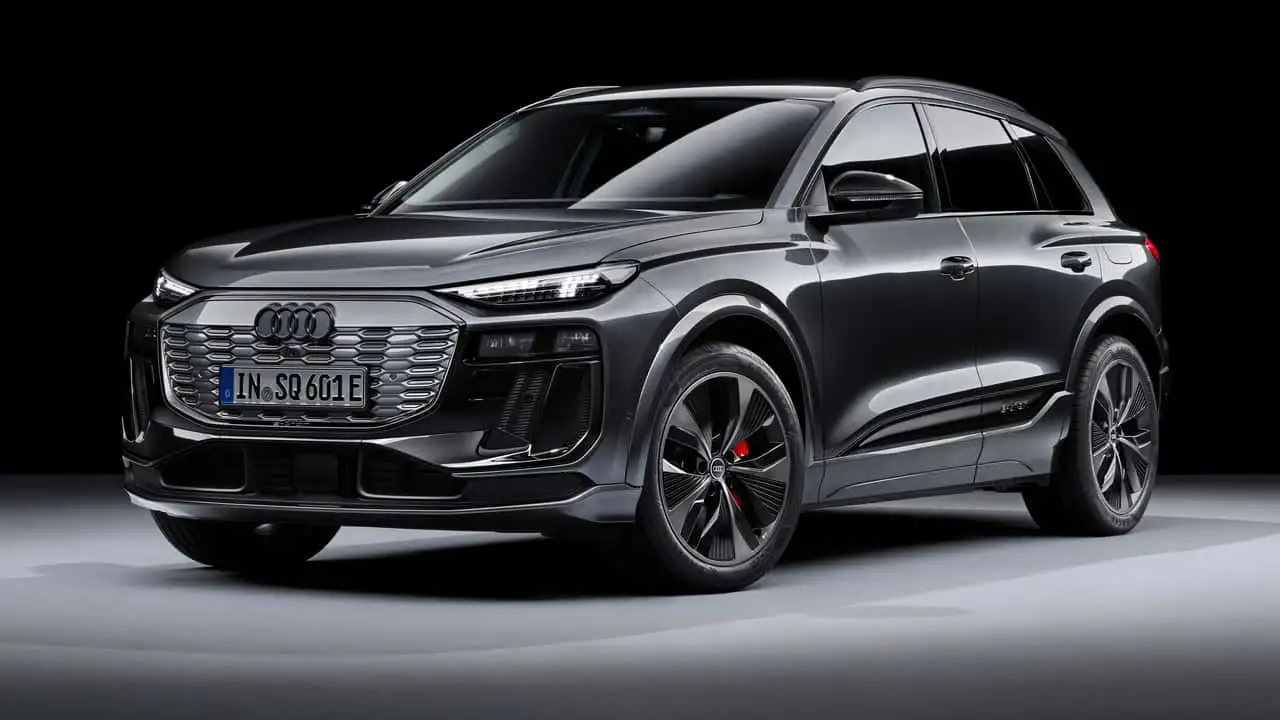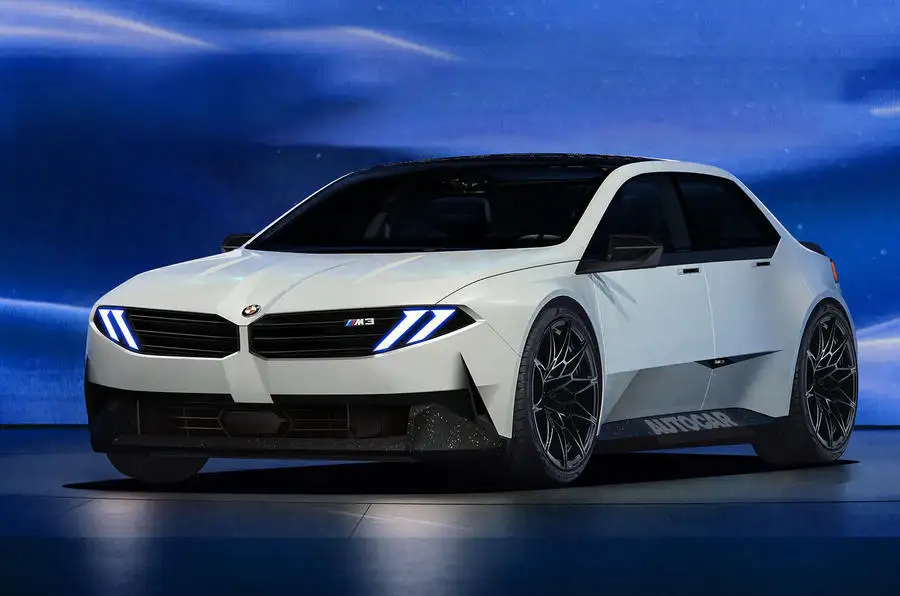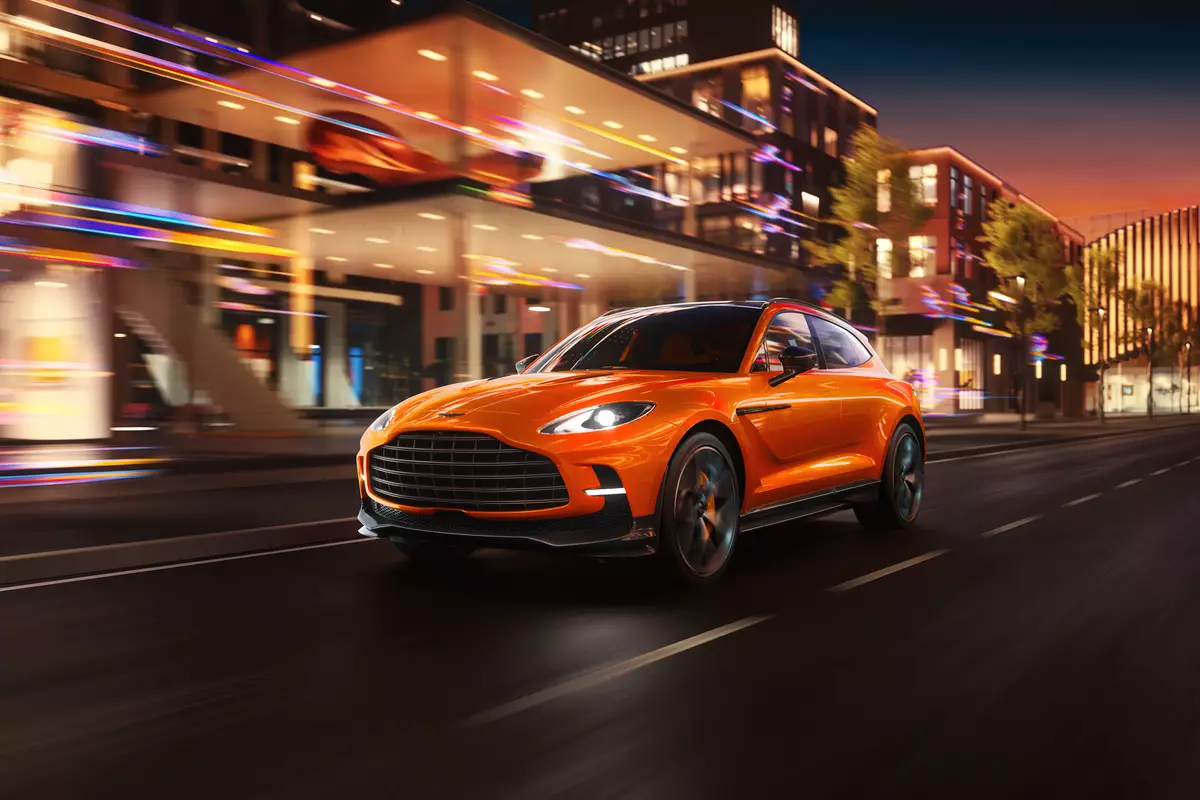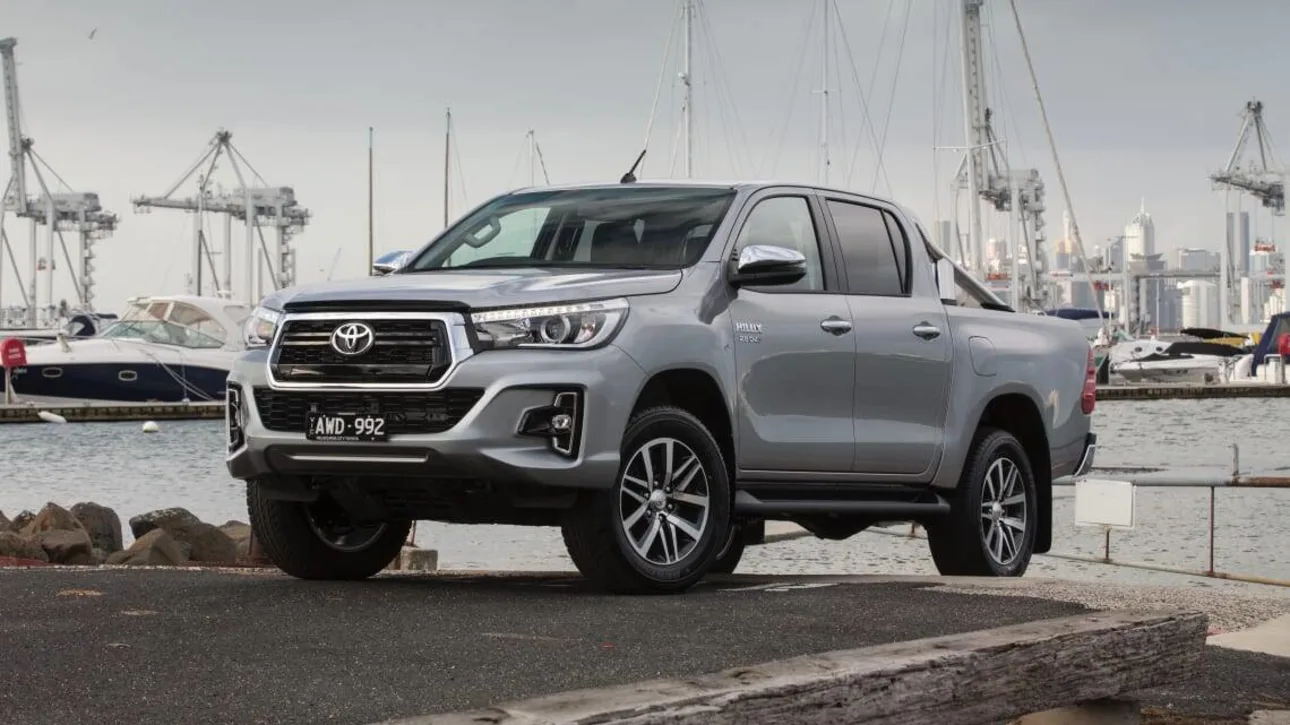Audi's fast new electric SUV is powerful, sophisticated, and packed with technology. It makes a strong argument.
Audi is eager to emphasize that the new 2025 SQ6 e-tron (as well as its more conventional Q6 e-tron sister) were created from the ground up, with special attention paid to the interior and features of the luxury SUV. In a time when new automobiles are basically rolling computer terminals, it's a smart step. However, Audis have always had stylish and well-organized interiors, so this strategy won't exactly revolutionize the brand. Thankfully, there are a number of positive aspects of the SQ6, including its interior.
Not least since the Q6 and SQ6 usher in a new chapter in Audi's electric vehicle history, there is a lot riding on them. These are the first vehicles to use the Volkswagen Group's Premium architecture Electric (PPE) architecture, which also powers the Porsche Macan EV, in addition to delivering a new infotainment system based on Android Auto. Furthermore, their proportions put them exactly between the slightly bigger Q8 e-trons and the one-size-smaller Q4 e-tron models, thereby making them electric substitutes for Audi's best-selling gas-burning Q5 and SQ5. Since the Q6 we also drove in the north of Spain was a European-spec vehicle with far less power than what will be available in the U.S., we'll concentrate on the sportier SQ6 here.
From the Inside Out
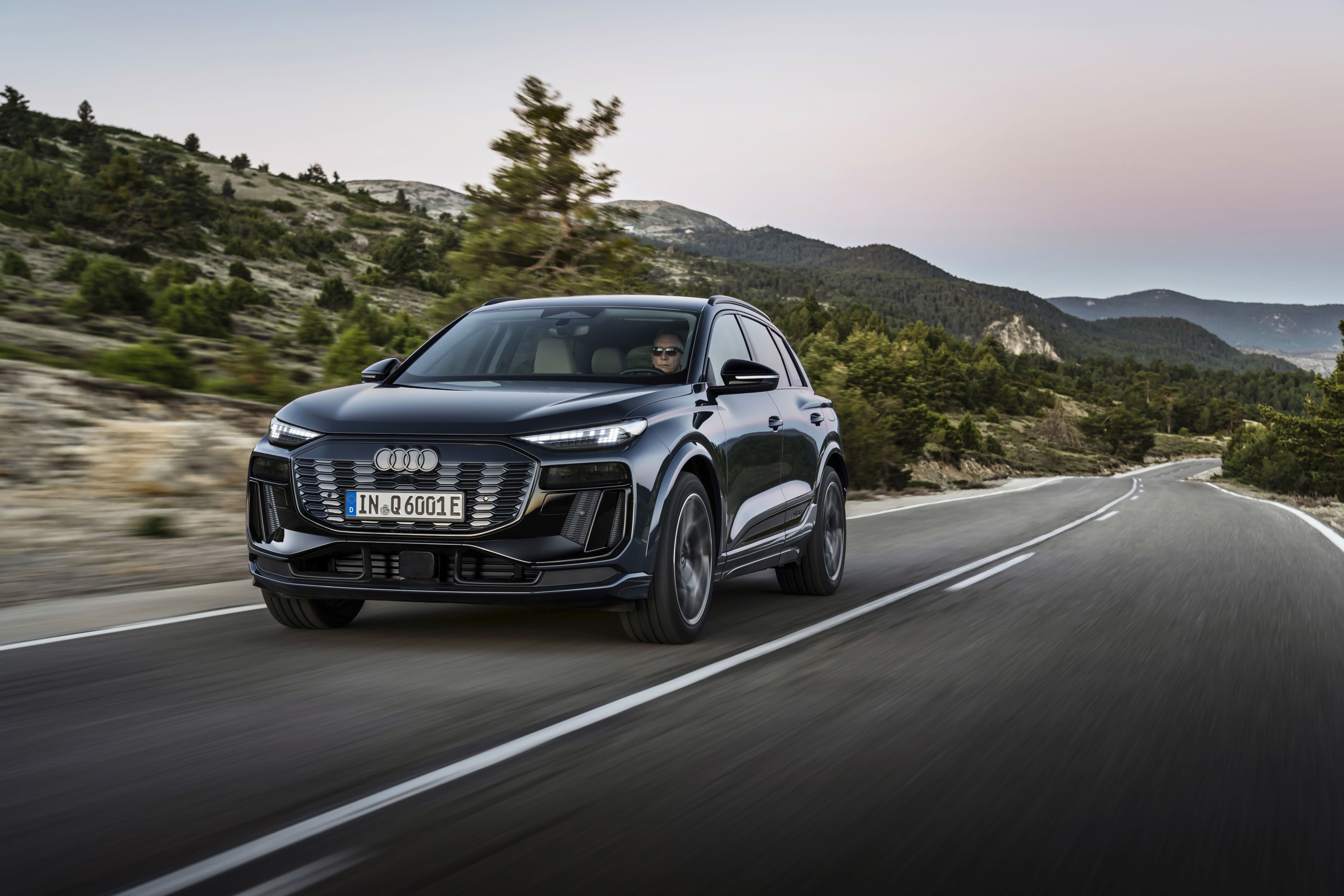
The latest interior design idea from Audi is excellent at balancing form and function. With optional red contrasts in its stitched upholstery and an LED light strip sweeping over the dash that can convey information like turn signals, navigation prompts, and charging status, the SQ6 leans more toward the former. Simple and well-designed overall, the presentation is accentuated with soft touch elements like a dash ledge that you can rest your palm on to operate the center 14.5-inch touchscreen. Alongside this, there is an optional 10.9-inch passenger touchscreen that can play films but is hidden from the driver's view when the car is moving. The instrument display is 11.9 inches. This new arrangement incorporates more functionality and has more data than Audi's current infotainment systems, including climate controls and vehicle settings. Even yet, even as we drove through strange places, we found it simple to understand and operate.
A new AI voice assistant, an optional head-up display with augmented reality navigation, and Bang & Olufsen music systems with up to 830 watts and 20 speakers—two in each front headrest—all assisted us in getting used to our surroundings. Despite the fact that the majority of the few auxiliary controls are capacitive touch on piano-black screens that are prone to smudging, the extremely quiet interior and sensible ergonomics seldom let us down. Hours were spent cuddling up in the sport seats of the SQ6, and even though the SUV's rear legroom—37.4 inches—is marginally smaller than that of the SQ5, your nearly six-foot author found no trouble settling into his personal driving position.
All of this is encased in elegant but traditional-looking sheetmetal that resembles the Q6's almost exactly. It has a good-looking shape for an SUV, with noticeable fender bulges that give its sides some much-needed form. However, those who want to make a bigger impression should hold off until the SUVs' introduction later this year, when the sportier Sportback models—as well as the more powerful RS models—arrive. The design's lighting features, which include new high-definition OLED taillights and front daytime running light signatures that can be personalized in eight patterns on top-tier Prestige trim levels, are arguably its most striking features. Unfortunately, the matrix LED headlights (standard on the SQ6, optional on the Q6) will not have their active high-beam feature turned on in the United States.
Smooth Performance
The SQ6 has a powerful 483 total horsepower that increases to 510 horsepower when launch control is used. All Q6 variations will initially have two motors and rear-biased all-wheel drive (dual-motor Q6 vehicles in the States will generate 422 and 456 horsepower, respectively). Although Audi does not provide a combined torque number, we calculate that the SQ6 produces well over 500 pound-feet, which should enable this approximately 5500-pound sport utility vehicle to reach 60 mph in around four seconds.
The following changes to the chassis set the Q6 apart from the Macan EV: Audi uses a less expensive induction AC front motor rather than the Macan's permanent-magnet unit, and it does not have rear-wheel steering like the Porsche. Additionally, the Audi rear power unit is packaged significantly differently. Despite its more clinical driving style, the SQ6 feels every bit as competent as its specifications would indicate. When driven briskly, it can easily navigate around tight turns and pass slower moving traffic to seamlessly join onto the freeway. With its perceptive body control and taut-yet-compliant ride on the optional 21-inch wheels and summer tires (20s shod with all-season rubber are standard), the SQ6 is an exceptionally well-mannered and elegant vehicle. We had little reason for complaint. The same can be said for its powerful, progressive brake pedal feel and its tight, linear steering, which both helped drivers feel confident on windy, narrow two-lane roads.
The SQ6's reflexes are sharpened and the obligatory spaceship-EV sounds are activated when the Dynamic mode is selected. However, the optional adaptive dampers and standard air springs absorb vibrations without letting the rider get in the way. Steering-wheel paddles that control regenerative braking provide further flexibility. In its strongest one-pedal mode, these paddles may slow the SQ6 with up to 0.25 g of brake force. Although there are gentler options that allow you to customize the deceleration to your preference, we usually kept it in Auto mode because it intelligently slowed the car when necessary using information from the navigation system and a variety of outside sensors.
Read Also: Features Of The 2024 GMC Hummer EV Pickup
Pricing and Charging
With a 94.4-kWh battery, Audi estimates the SQ6's U.S. EPA range to be 276 miles (and around 300 miles for the Q6). This battery is standard on all Q6 e-trons. The PPE's 800-volt electrical architecture, however, is a significant improvement over the brand's current electric SUVs. Under ideal circumstances, this allows for DC fast-charging at up to 270 kilowatts; according to Audi, charging from 10 to 80 percent should take about 21 minutes, and it can add up to 135 miles of range in about 10 minutes. Additionally, the PPE's brain can split the battery in half at 400 volt stations and charge both halves at up to 135 kilowatts concurrently, which should reduce the total charging time. A 9.6-kW onboard charger is required for level 2 AC charging; however, the manufacturer states that a 19.2-kW unit is optional and will be added later. A 4400-pound towing capability, dual charging doors (with an AC/DC combination connector on the driver's side and an AC-only port on the passenger's side), and 30 cubic feet of luggage space behind the rear seats are other useful features.
The SQ6 shows the new Q6 e-tron to be a calm, rational character that's difficult to blame, even as a performance-oriented model. That's the main idea, too. It needs to appeal to a broad variety of preferences in order to flourish as a component of Audi's bestselling EV model line, which this one most likely will be. Some may object to its projected base price of more than $70,000, which is a major upcharge above the around $66K for the Q6 and much more than the $58,895 starting point of the current SQ5. However, its elegant user interface and the PPE's more powerful electrical architecture are huge positive developments.
